
Top Swiss inventions you may have missed this year
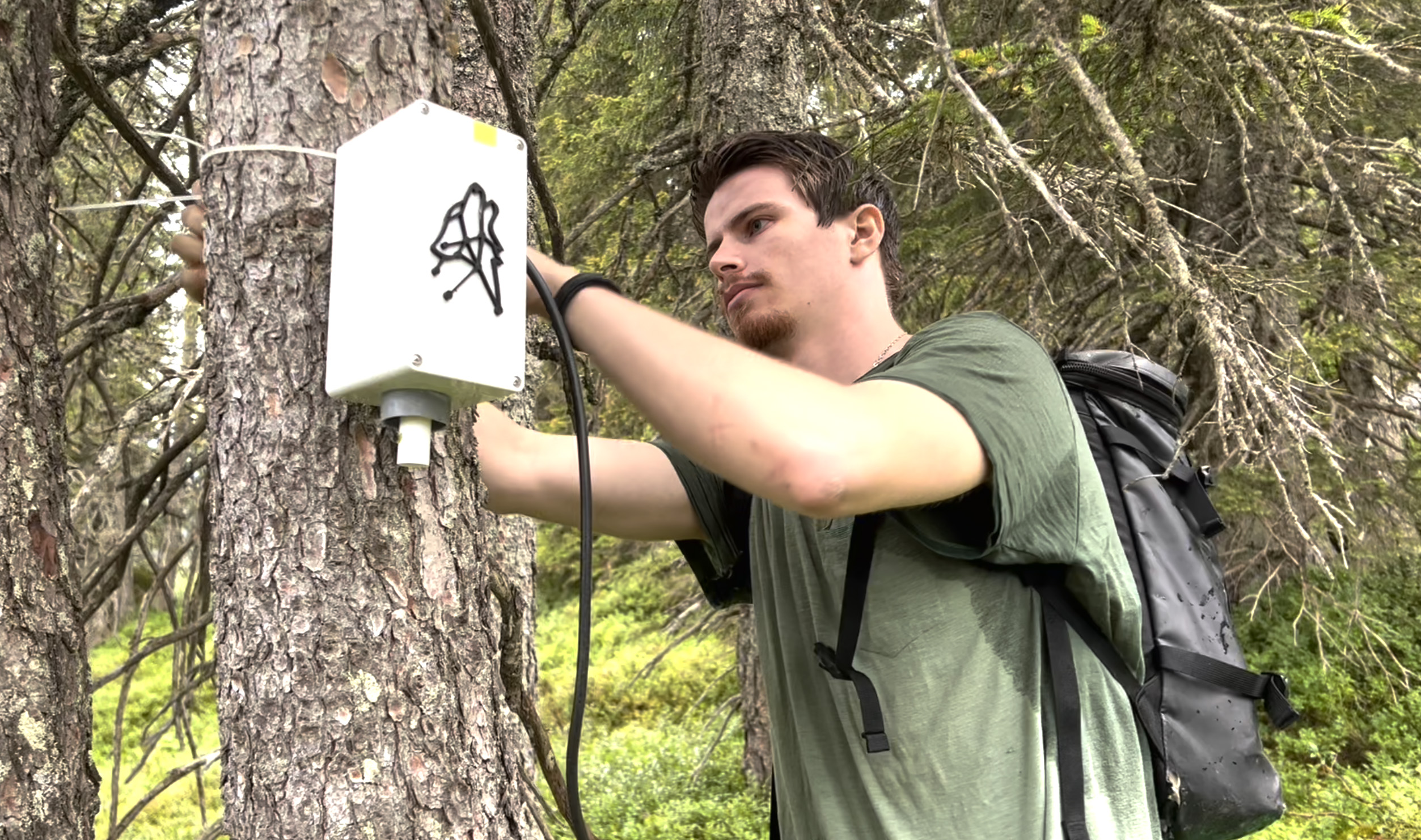
A biodegradable paper battery, an AI microphone that can detect wolves and a student-built electric plane are among the Swiss inventions and innovations that flew under the radar in 2022.
Switzerland is one of the world’s most innovative countries with a reputation for excellence in science and technology. It invests 3.15% of annual GDP in research and development (2019 figure), securing seventh place in an international innovation rankingExternal link. The Alpine nation is home to 12 public universities, including the two federal institutes of technology, in Lausanne and Zurich, nine Universities of Applied Sciences and Art, and dozens of cutting-edge research institutes.
Here are eight remarkable Swiss-born research projects and inventions from 2022.
A paper battery
Scientists at the Swiss Federal Laboratory for Materials Testing and Research (EMPA) have a novel solutionExternal link to help address the problem of discarded batteries. They invented a battery made of paper and powered by salt and inks that is activated with just a few drops of water. The paper battery has the same essential components as standard batteries but packages them differently. After creating hundreds of prototypes, the team settled on graphite ink to make the cathode, zinc ink for the anode, and salt-infused paper to create the electrolyte. Once activated with water, the battery has a consistent voltage of 1.2 volts. Within two to five years, the technology could be used in low-power single-use electronics such as medical diagnostic devices and smart packaging.
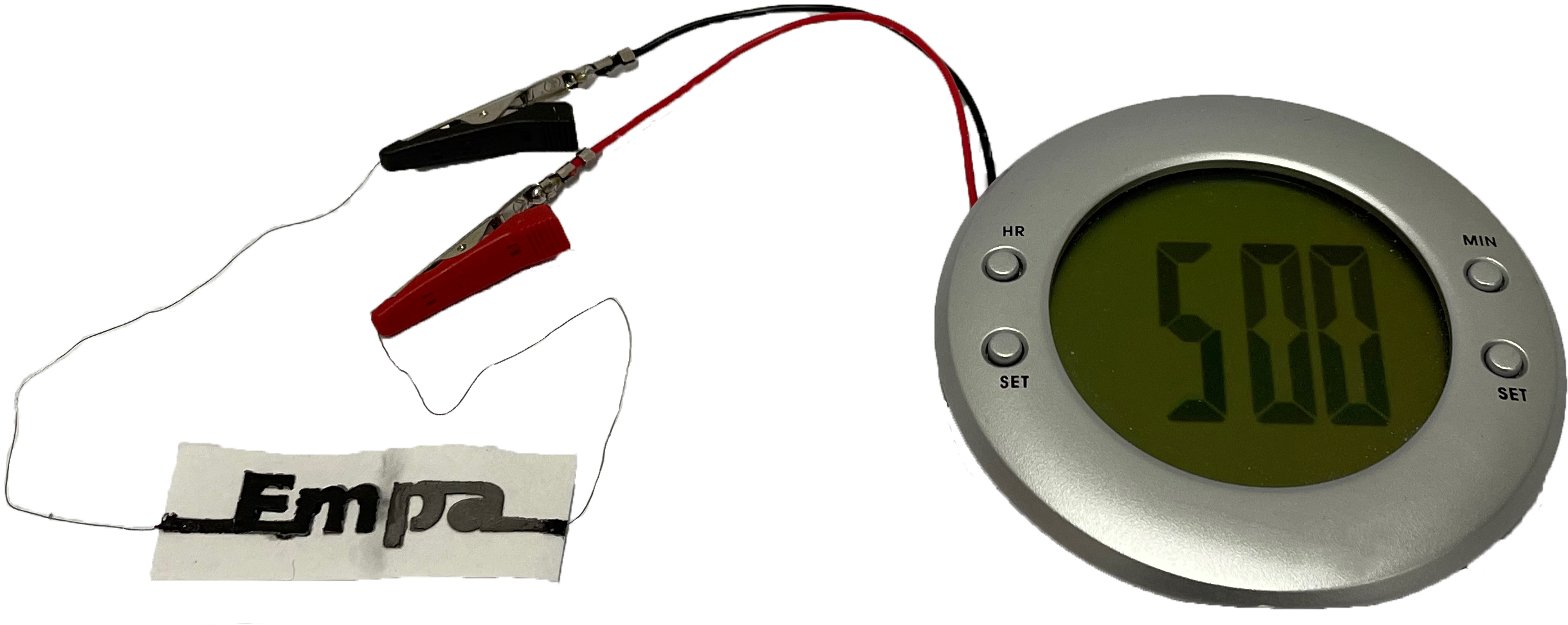
More
Water-activated paper battery named among world’s best inventions
A wolf-sensing ‘smart mic’
Monitoring wild animals such as wolves is increasingly difficult due to growing populations and outdated observation techniques. Researchers at the Federal Institute of Technology Lausanne (EPFL)External link have invented a device that uses artificial intelligence to record and identify the whistles, howls and other noises of animals roaming the Alps at night. The data is sent automatically via the mobile phone network to a computer server where it is crunched and analysed. The “Smart Mic” can precisely identify a wolf call with an accuracy of 500 metres. The device should save game wardens time and cover larger areas than traditional camera traps. It is also much cheaper; a prototype costs CHF450. The invention has also been successfully tested with elephants in South Africa and further trials are underway in India, also with elephants.

An airborne virus detector
Scientists at ETH Zurich and EMPA have long been working on sensors that can “see” and “feel” airborne viruses. In early 2020 they shifted focus to trying to identify SARS-CoV-2 in the air. This autumn they announcedExternal link the creation of “CAPS”, a biosensor system for “quantitative virus detection in indoor areas” to help healthcare workers at high risk of Covid-19 infection in hospitals or nursing homes. CAPS detects the air-borne virus by first collecting aerosols that are then enriched in a liquid solution. The biosensor analyses the solution and measures the quantity of Covid-19-specific RNA. The system has demonstrated a similar performance to modern PCR tests. Results of measurements are available immediately to healthcare staff, including an infection risk evaluation. The researchers hope their invention can also be deployed in busy locations like railway stations to detect possible high concentrations of the virus.
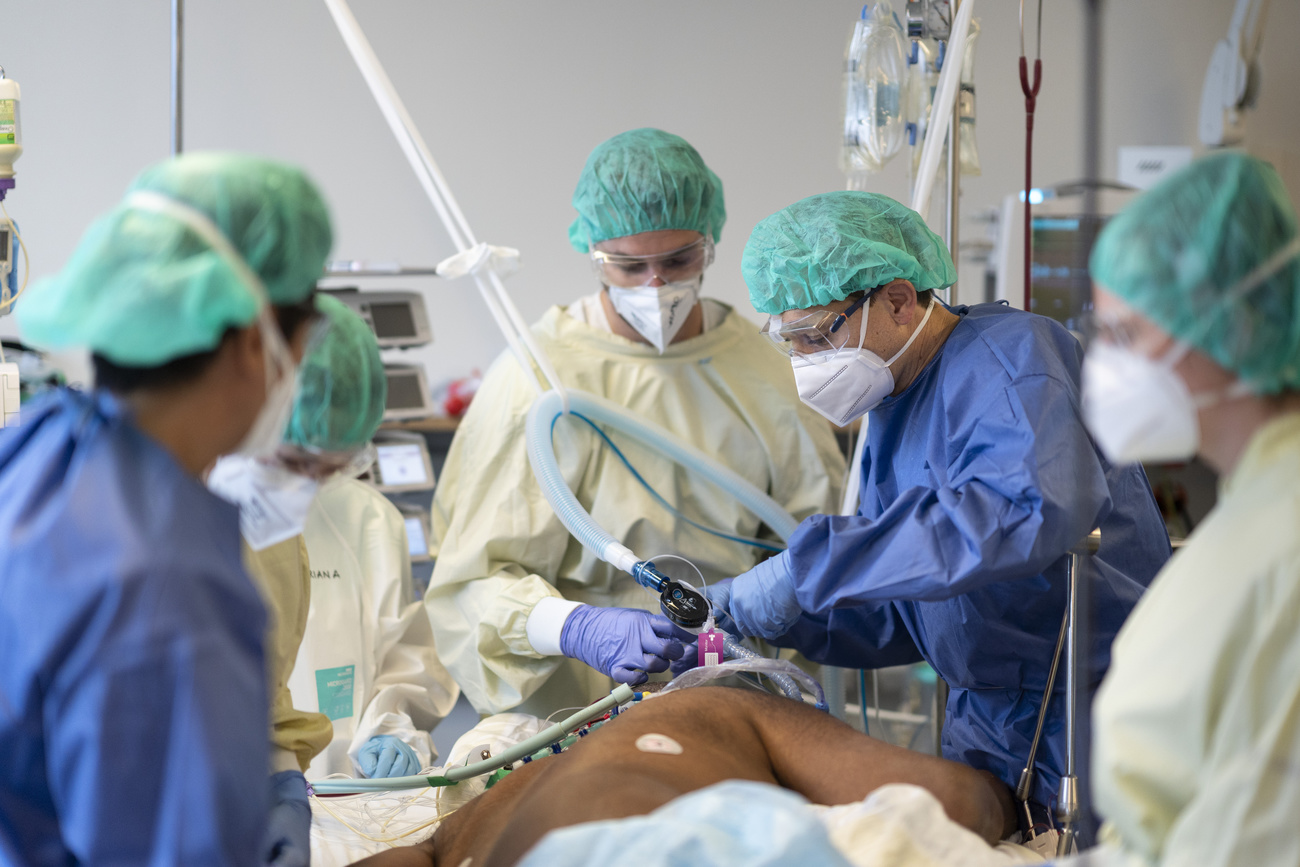
A sun-powered water purifier
Many people around the world do not have access to clean water, especially in remote regions. EPFL scientists have inventedExternal link a simple, highly efficient water purification filter (photo below) that uses solar power to produce clean water. By weaving titanium dioxide nanowires with carbon nanotubes, the team created a composite filter material, which, when combined with UV light, produces a group of molecules called Reactive Oxygen Species (ROS) – hydrogen peroxide, hydroxide, and oxygen – that can kill off bacteria and large viruses in the water passing through the filter.
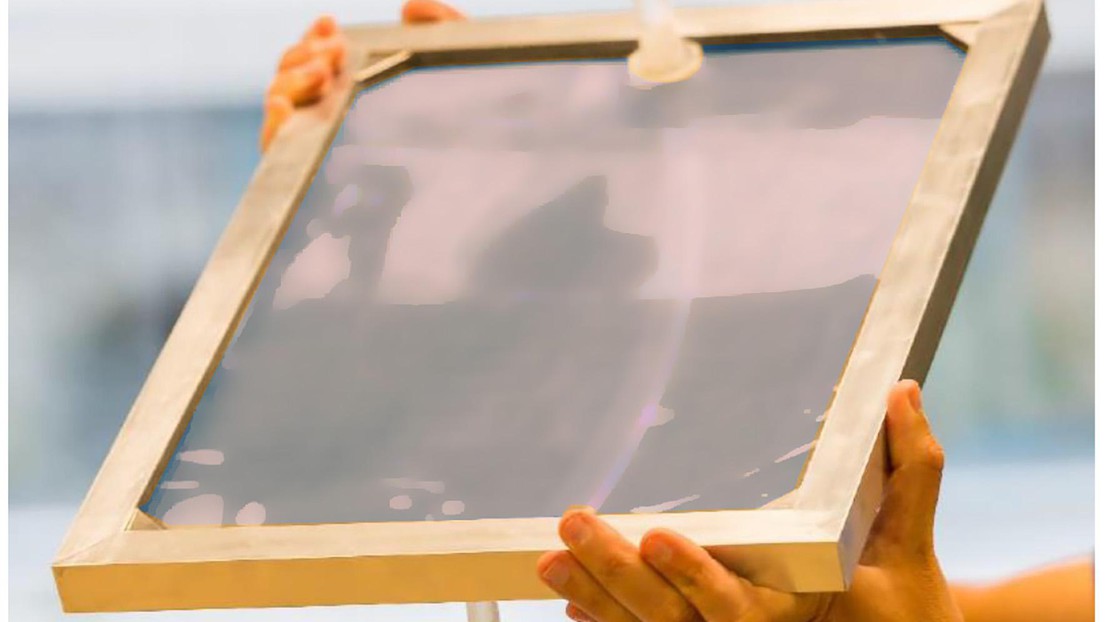
A student-built electric plane
“Being able to construct an aircraft during your studies and then actually see it flying is an indescribable feeling,” said ETH Zurich mechanical engineering student Maurice Kaulich about the e-Sling project. For two years a team of 20 students built a four-seater battery-powered electric plane, and watched it completeExternal link its maiden flight in late September. While the outer shell of the single-engine plane came from South Africa, the students created an electric propulsion system, powered by a modular battery system fitted with a special cooling network. Batteries can be exchanged during a stopover. The engine weighs only 42 kilogrammes, while the batteries in the two wings weigh 224kg. This gives the plane a range of around 180 kilometres, or one hour.
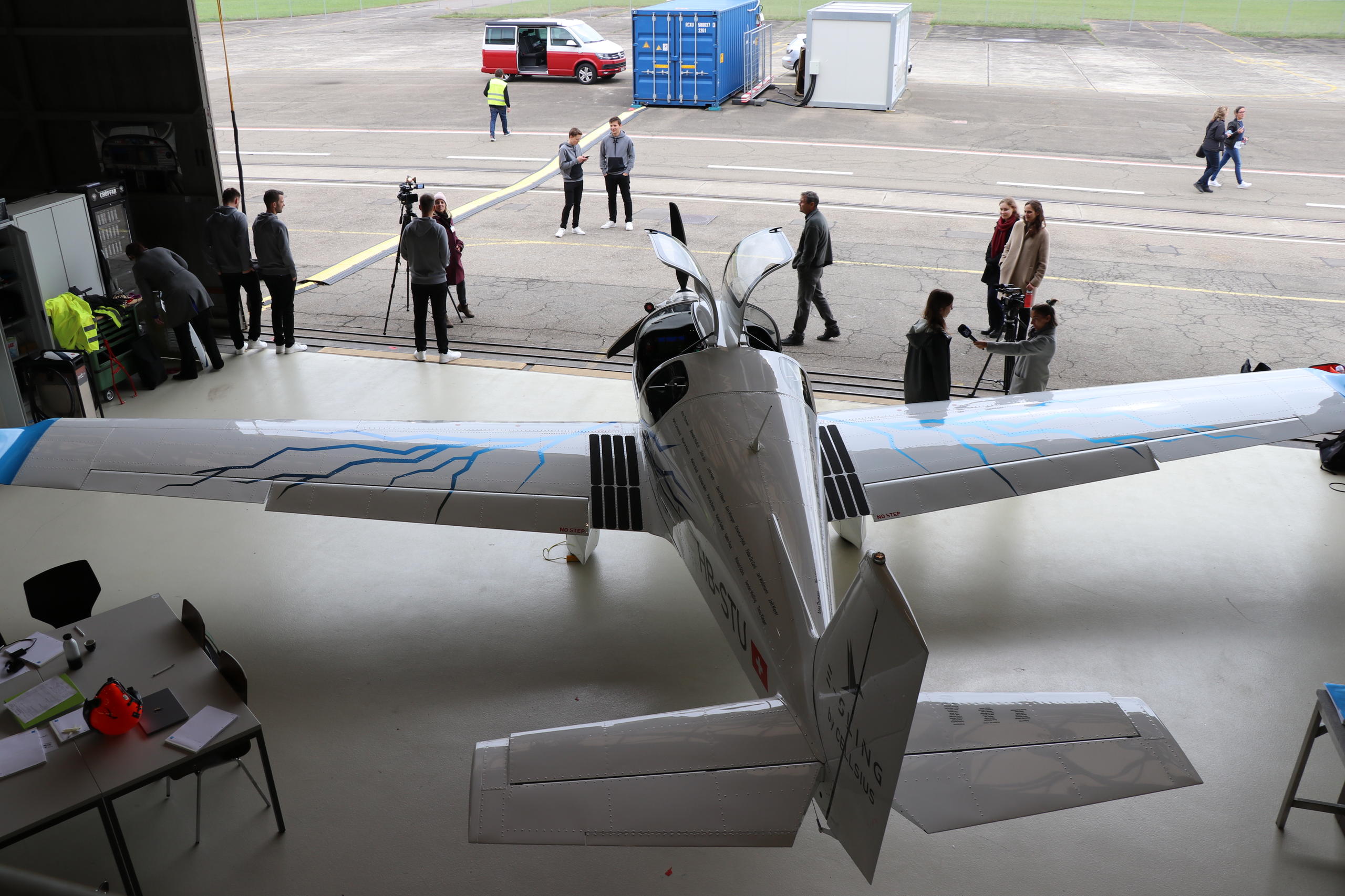
More
Student-built electric plane takes to the Swiss skies
A CO2 heating network
A prototype of a thermal network that uses carbon dioxide (CO2) as a fluid in pipes is being tested in Switzerland. The system, which has a capacity of 500 kilowatts (kW) of heat energy, is located in the basement of the Energypolis campus in the southern city of Sion. The project designers say it should be possible to transport liquid and vapour CO2 from renewable sources and waste heat using pipes which are more compact and cheaper to connect buildings together in a network. Those behind the project believe it’s possible to have an operational network in two or three years.
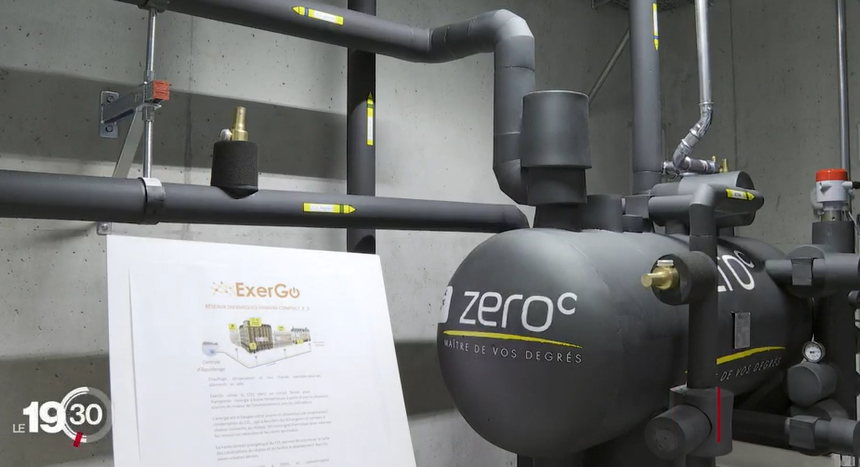
More
Using CO2 to heat and cool the cities of the future
A gel skin cancer treatment
Scientists at the University of Bern have developed a hydrogel treatment for melanoma, an aggressive form of skin cancer. Applied directly to the area where a tumour is located, the gel activates the body’s defence system against melanoma. Researchers used elements from Bacillus Calmette–Guérin (BCG) – the most widely used vaccine worldwide that also stimulates an anti-tumour immune response – to develop the gel. In trials, mice with melanoma showed significantly prolonged survival after treatment. The technology’s developers now plan to conduct clinical trials with patients to test the gel’s efficacy.
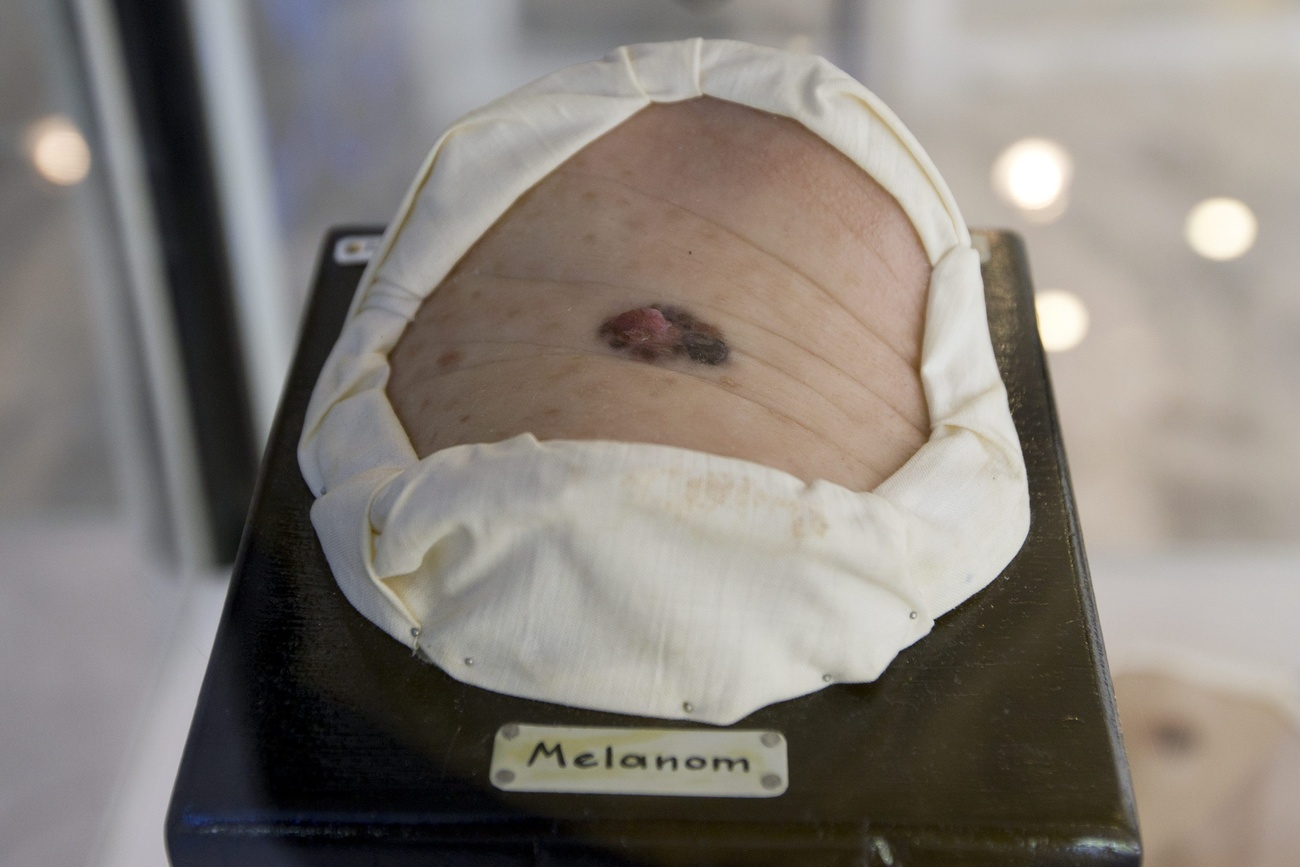
More
Bern scientists develop promising hydrogel treatment for melanoma
A tablet-controlled nerve centre
Three patients whose lower bodies were left completely paralysed after spinal cord injuries were able to walk, cycle and swim using a nerve-stimulation device controlled by a touchscreen tablet, developedExternal link by an EPFL-led team of researchers. They fitted implants in the patients that electrically stimulated nerves in the back and legs. All three patients were able to stand up and step with support immediately after surgery. Over the next six months they regained the ability to engage in more advanced activities – walking, cycling and swimming – by controlling the devices themselves using a tablet.
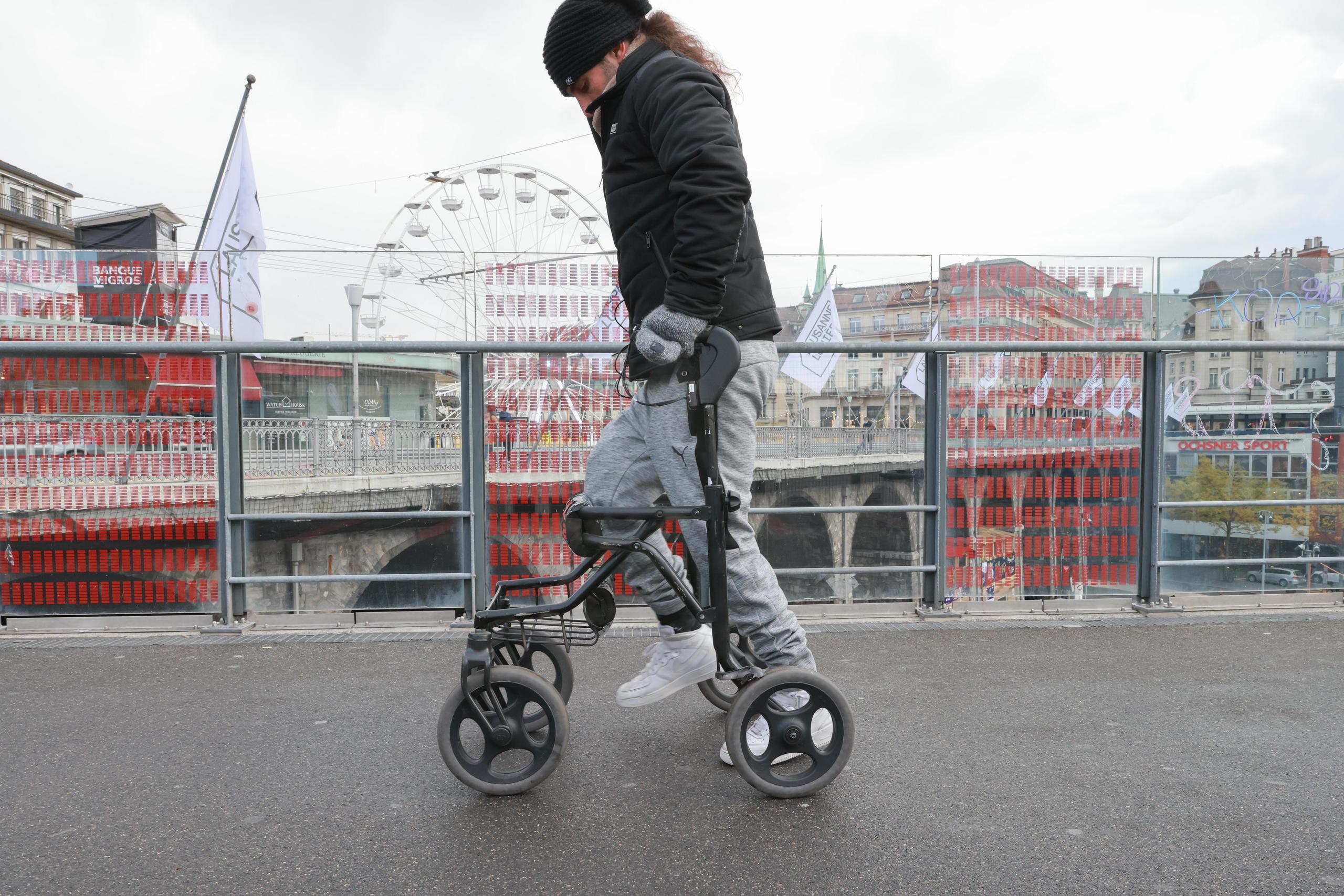
More
Nerve-stimulation device helps paralysed patients walk, cycle and swim

In compliance with the JTI standards
More: SWI swissinfo.ch certified by the Journalism Trust Initiative




























You can find an overview of ongoing debates with our journalists here . Please join us!
If you want to start a conversation about a topic raised in this article or want to report factual errors, email us at english@swissinfo.ch.